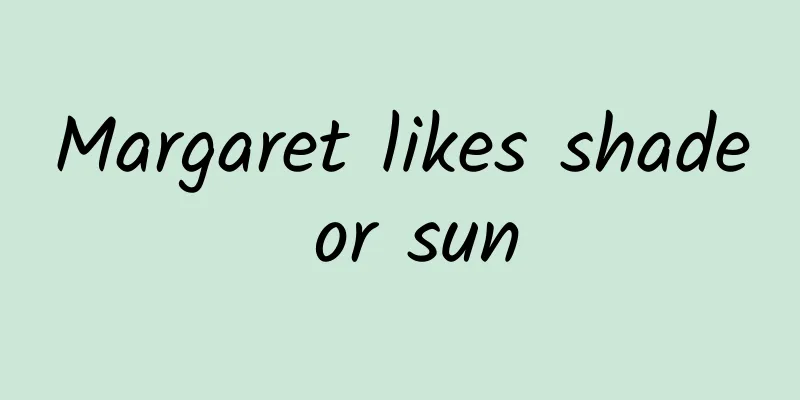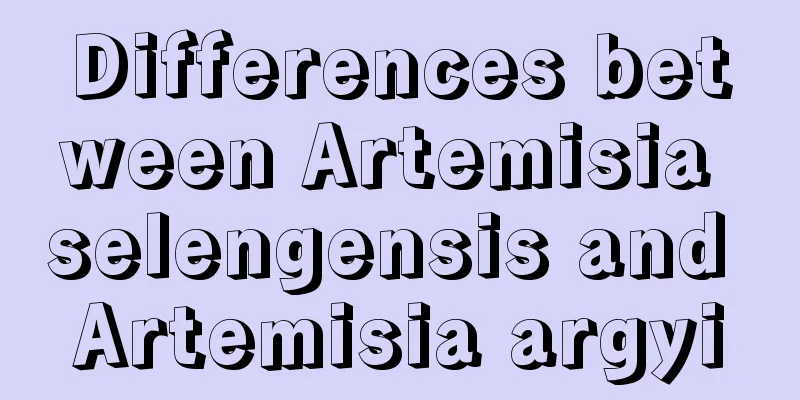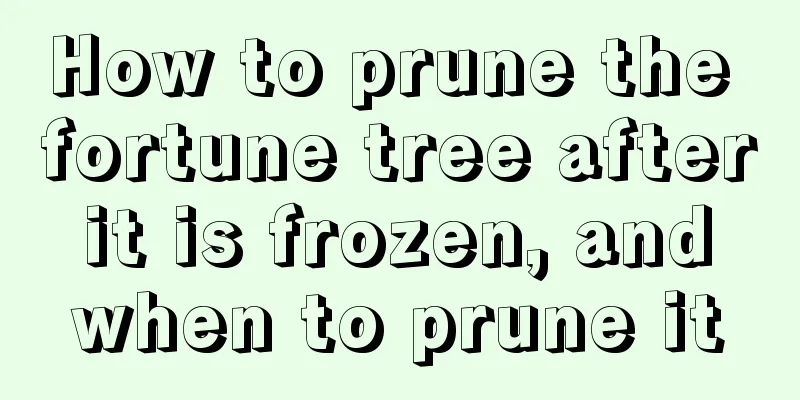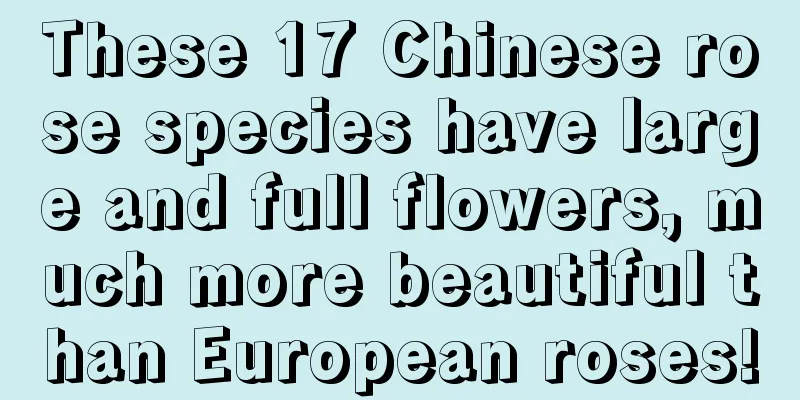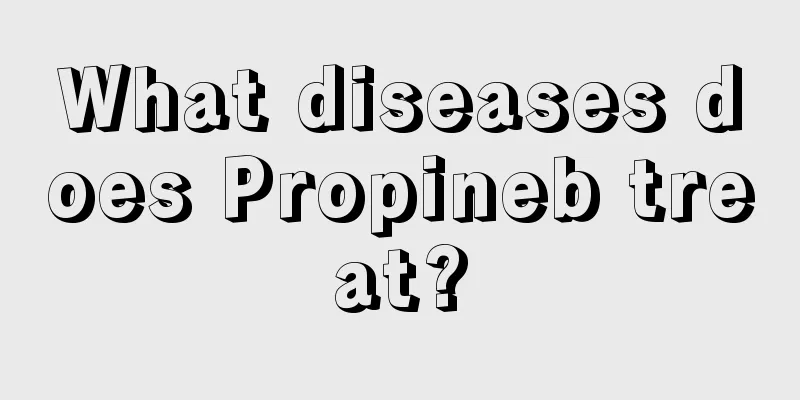Check out the five fungicides commonly used in flowers

Commonly used fungicide 1: Bordeaux mixtureBordeaux mixture is really a good protective plant fungicide, which is often used to prevent and control downy mildew, rust, black spot and gray spot. After spraying, it can form a thin film on the plant body to protect the plant. However, Bordeaux mixture has a disadvantage, which is that it is not resistant to storage and must be prepared and used immediately. Commonly used fungicide 2: ChlorothalonilBenomyl also has a protective effect, has many types of bactericidal effects, and has good effects and long duration. It can effectively treat powdery mildew, rust, blight and other diseases. However, care should be taken when using Benomyl not to let it come into contact with the skin to avoid skin irritation. Commonly used fungicide three: carbendazimCarbendazim is highly effective and low in toxicity, and has a protective and therapeutic effect on plants. It is very effective in treating diseases such as brown spot, anthracnose and powdery mildew of plants and flowers. Commonly used fungicide 4: ThiophanateI believe many flower lovers are familiar with the name Thiophanate. Have you ever thought of the methyl Thiophanate that I often talk about? Thiophanate has many functions and is low-toxic and very safe for humans, animals and plants. Thiophanate has a therapeutic effect on common plant diseases such as anthracnose, white rot, black spot, sooty mold, powdery mildew, and leaf spot. Commonly used fungicide 5: ManebI believe many friends are familiar with Mancozeb. Flower lovers who have used it should be impressed by its smell. Mancozeb has a bad smell, but it does not affect its effectiveness. You should know that Mancozeb has a good therapeutic effect on symptoms such as brown spot disease, sudden wilt disease, and damping-off disease. In the future, when plants are diseased, we no longer have to be as clueless as we are now. Although these fungicides are very effective, we still need to pay attention to usage and dosage during use. In addition, the use of fungicides must be targeted and not used blindly to prevent harm to the plants. |
<<: Methods for controlling pests and diseases common in succulent plants in summer
Recommend
What are the breeding methods and precautions of Xianrenshan
Growth habits of Xianrenshan Xianrenshan belongs ...
What to do if the leaves of ball pine turn yellow
The yellowing of pine is caused by normal metabol...
The difference between mountain lily and mountain lily
1. Difference of blades The leaves of the mountai...
How to propagate honeysuckle
Honeysuckle is mainly propagated by cuttings, but...
The plums are a bit small, what kind of fertilizer is good? (What fertilizer should be applied to the plum tree to make it sweet)
What fertilizer is better for plums? Plum is a co...
How to grow Saxifrage until it overflows the pot?
Saxifrage , also known as golden lotus leaf and g...
When does the yew blossom and bear fruit?
Conditions for yew to bloom and bear fruit If you...
What fertilizer is good for plum blossoms? Do plum blossoms bear fruit?
1. What kind of fertilizer is good? 1. Growing se...
How to cultivate Panax notoginseng
Panax notoginseng growth conditions When caring f...
How to grow eggplants big and healthy (the best way to grow and manage eggplants for high yields)
How to make eggplant grow big and good Many peopl...
How to grow tiger orchid to make it bloom
Tiger orchid flowering time Tiger orchid is a pla...
What are the cultivation methods and precautions of asparagus fern?
Growth habits of asparagus fern Asparagus fern pr...
Disease and Pest Control of Cordyceps
Anthracnose Anthracnose of Cordyceps sinensis oft...
When is the best time to plant cabbage?
Cabbage is a leafy vegetable widely grown in rura...
How to grow poinsettia in autumn
1. Breeding methods 1. Apply nutrients: Because i...
